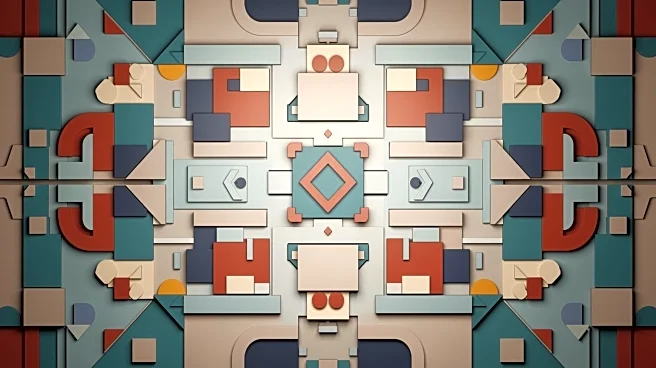What's Happening?
Scientists at the University of Colorado at Boulder have developed a new modeling approach to better replicate Turing patterns in nature by introducing deliberate imperfections. Turing patterns, named after mathematician Alan Turing, describe complex
patterns like zebra stripes and leopard spots. The new model improves upon Turing's original concept by varying cell sizes, which results in more accurate natural patterns. This research, published in the journal Matter, demonstrates that imperfections can enhance the realism of these patterns, offering insights into the natural world.
Why It's Important?
The study provides a deeper understanding of how natural patterns form, which could have implications for various scientific fields, including biology and materials science. By refining the Turing model, researchers can better simulate natural processes, potentially leading to advancements in biomimicry and the development of new materials. This research also highlights the importance of embracing imperfections in scientific modeling, which could lead to more accurate representations of complex systems.
Beyond the Headlines
The exploration of imperfections in Turing patterns may also have cultural and philosophical implications, challenging the notion of perfection in nature and science. This perspective could influence how scientists approach modeling and problem-solving, encouraging a more holistic view of natural phenomena.













